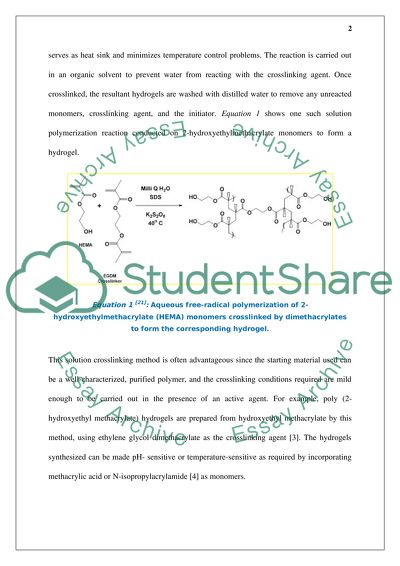Cite this document
(“Hydrogels Term Paper Example | Topics and Well Written Essays - 2000 words”, n.d.)
Retrieved from https://studentshare.org/miscellaneous/1553491-hydrogels
Retrieved from https://studentshare.org/miscellaneous/1553491-hydrogels
(Hydrogels Term Paper Example | Topics and Well Written Essays - 2000 Words)
https://studentshare.org/miscellaneous/1553491-hydrogels.
https://studentshare.org/miscellaneous/1553491-hydrogels.
“Hydrogels Term Paper Example | Topics and Well Written Essays - 2000 Words”, n.d. https://studentshare.org/miscellaneous/1553491-hydrogels.


